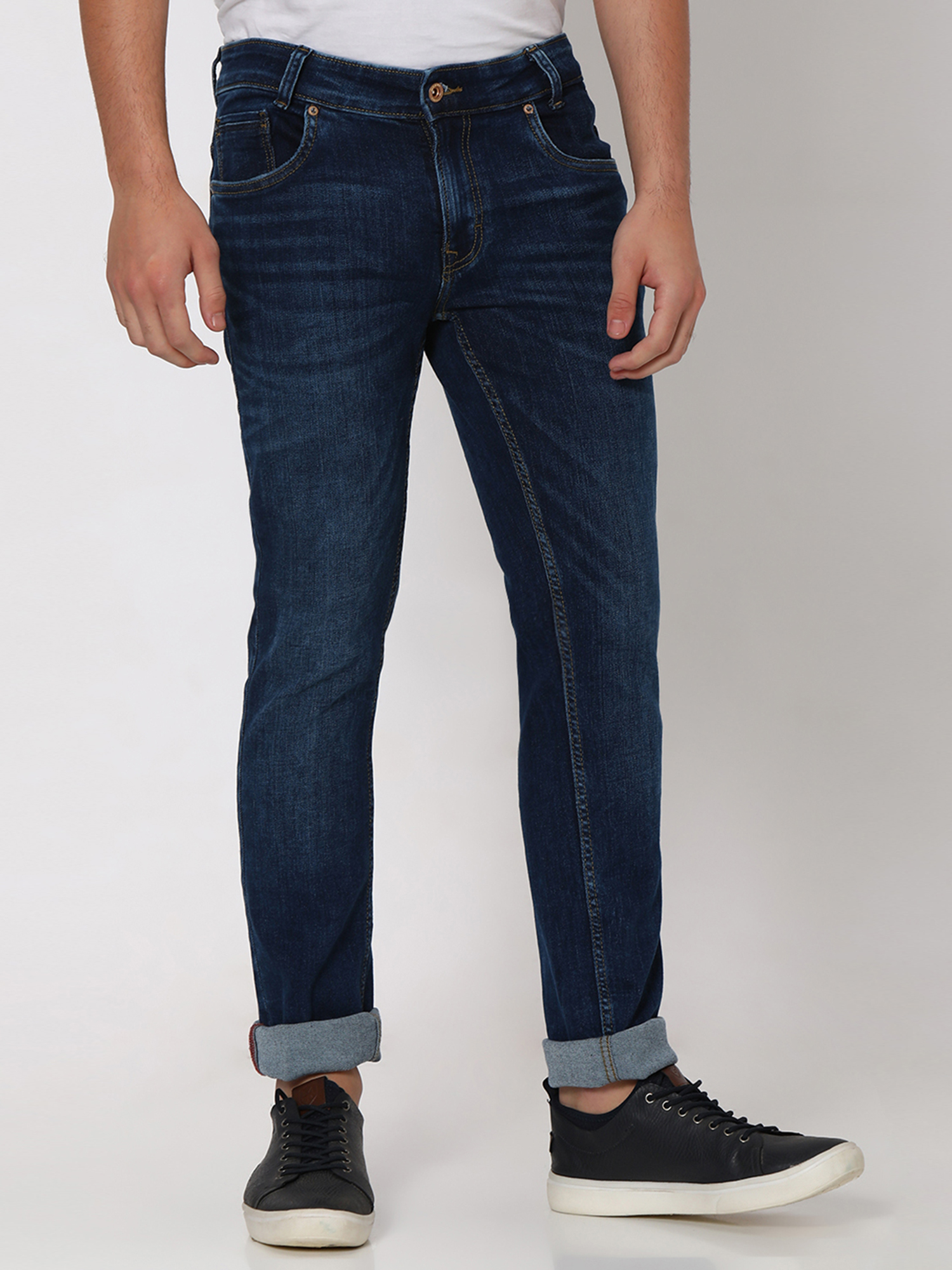
Jeans, a cornerstone of modern fashion, have a fascinating history that intertwines practicality with cultural significance. Originating in the late 19th century as durable workwear for laborers, they were first created by Jacob Davis and Levi Strauss. The robust denim fabric, reinforced with rivets, was designed to withstand harsh conditions. From these humble Empyre Jeans , jeans have evolved into a global wardrobe staple, transcending generations, social classes, and fashion trends. Their adaptability and resilience have cemented their place as an iconic garment, embodying comfort, style, and rebellion.
The versatility of jeans is one of their defining characteristics. Available in a myriad of styles—skinny, bootcut, straight-leg, and flared—jeans cater to diverse body types and personal preferences. This adaptability has allowed them to remain relevant despite ever-changing fashion trends. Whether paired with a crisp white shirt for a smart-casual look or a vintage tee for a relaxed vibe, jeans offer infinite styling possibilities. This adaptability ensures that jeans remain a go-to choice for individuals of all ages, from teenagers to seniors.
Culturally, jeans have played a pivotal role in symbolizing rebellion and individualism. In the 1950s, icons like James Dean and Marlon Brando popularized jeans as a symbol of youth defiance. Later, in the 1960s and 1970s, jeans became synonymous with countercultural movements, representing freedom and nonconformity. Their association with rebellion has waned somewhat in recent decades, but jeans continue to be a canvas for self-expression, with distressed, embroidered, or painted designs offering a personal touch.
The production of jeans has also undergone significant changes over the years. From traditional methods involving hand-stitching and dyeing to modern manufacturing techniques, the industry has continually innovated to meet demand. However, the environmental impact of denim production has become a growing concern. Brands are now adopting sustainable practices, such as using organic cotton, water-efficient dyeing processes, and recycling initiatives, to reduce their ecological footprint. These efforts highlight the industry’s commitment to balancing fashion with environmental responsibility.
One of the reasons jeans have remained popular is their durability. Unlike other garments that quickly lose their shape or wear out, high-quality jeans can last for years, often improving with age. The natural fading and distressing that occur over time add character, making each pair unique. This longevity makes jeans not only a practical choice but also a sustainable one, as they reduce the need for frequent replacements.
The economic impact of jeans is significant, with the denim industry generating billions of dollars annually. From luxury designer brands to affordable high-street labels, jeans are available at every price point, making them accessible to a broad audience. Additionally, the rise of e-commerce has made it easier than ever for consumers to find the perfect pair, further fueling the industry’s growth. This widespread appeal underscores the universal love for jeans as a fashion staple.
Jeans have also become a medium for innovation and technology. Smart jeans with built-in sensors that track fitness or control smart devices are becoming increasingly popular. This fusion of fashion and technology demonstrates how jeans continue to evolve, staying relevant in a rapidly changing world. These advancements reflect the industry’s ability to adapt to new trends and consumer demands while maintaining the essence of this timeless garment.
The global appeal of jeans is evident in their universal presence, from bustling metropolises to rural villages. They have become a symbol of cultural exchange, reflecting a blend of local traditions and global influences. The ability of jeans to transcend borders and connect people from different backgrounds is a testament to their enduring charm and versatility.
As we look to the future, the role of jeans in fashion and culture is likely to grow even more dynamic. With advancements in sustainable production, innovative designs, and technological integration, jeans will continue to evolve while retaining their core appeal. Their timeless nature ensures they will remain a beloved wardrobe essential for generations to come.
In conclusion, jeans are more than just a piece of clothing—they are a cultural icon, a symbol of resilience, and a testament to the power of fashion to adapt and endure. Their rich history, versatility, and universal appeal make them a cornerstone of modern wardrobes worldwide. Whether worn for comfort, style, or self-expression, jeans are a true reflection of individuality and timeless elegance.
